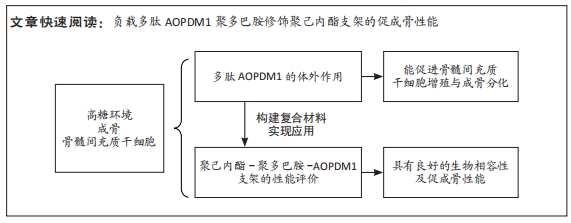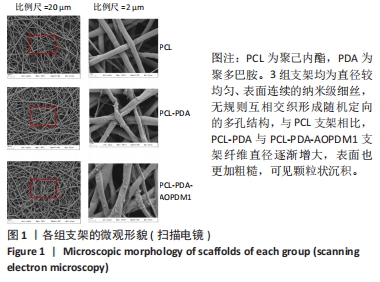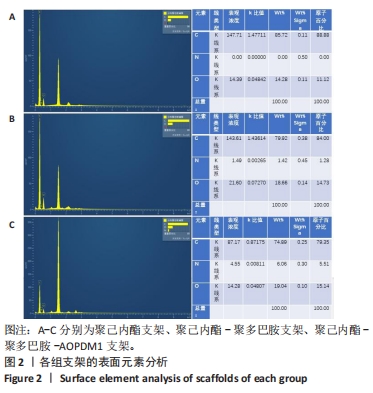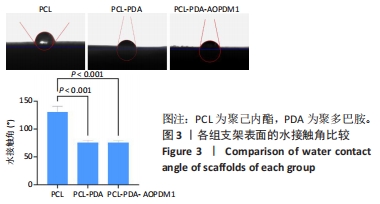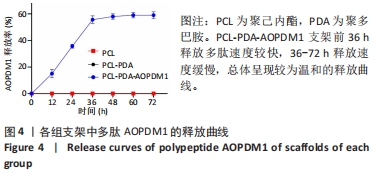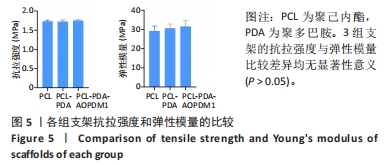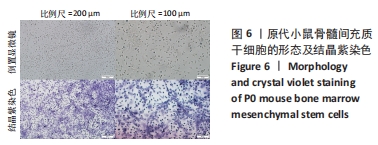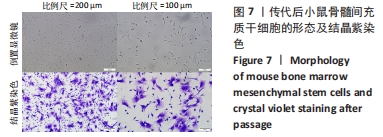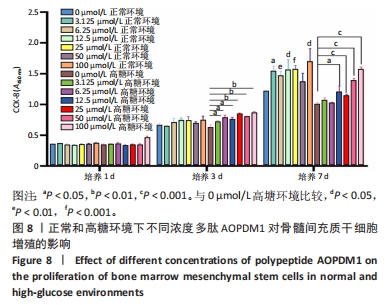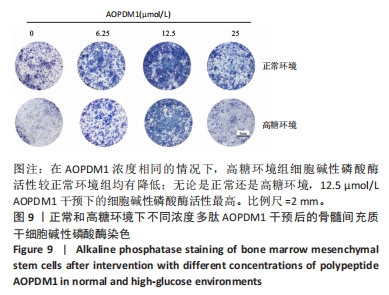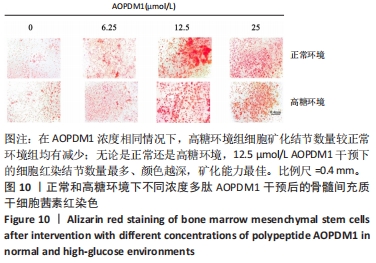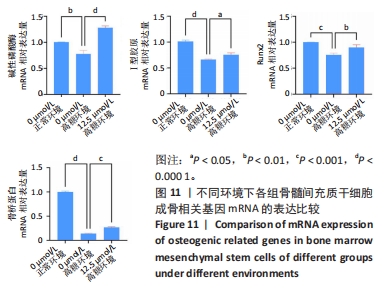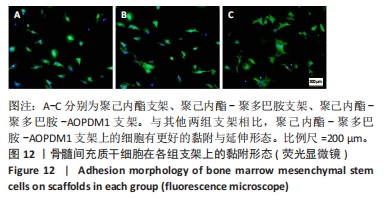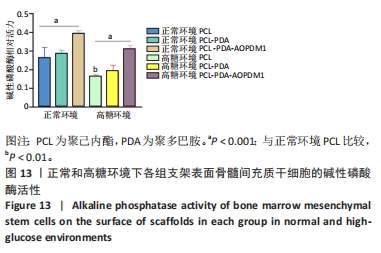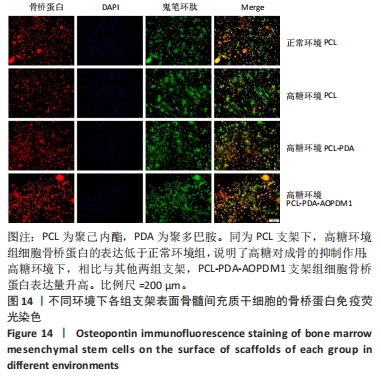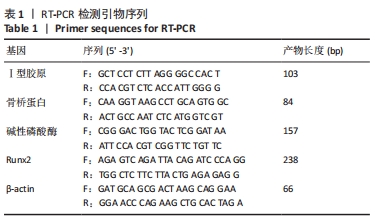[1] 刘建国,周宏博.医用β钛合金的性能研究现状[J].口腔医学研究, 2020,36(6):501-508.
[2] 王振铭,叶玲.生物活性组织工程材料在口腔颌面部骨修复中的应用研究进展[J].口腔生物医学,2021,12(2):71-76.
[3] ZHAO QM, LI XK, GUO S, et al. Osteogenic activity of a titanium surface modified with silicon-doped titanium dioxide. Mater Sci Eng C Mater Biol Appl. 2020;110:110682.
[4] CHEN Y, ZHOU Y, LIN J, et al. Challenges to Improve Bone Healing Under Diabetic Conditions. Front Endocrinol (Lausanne). 2022;13:861878.
[5] PAPACHRISTOFOROU E, LAMBADIARI V, MARATOU E, et al. Association of Glycemic Indices (Hyperglycemia, Glucose Variability, and Hypoglycemia) with Oxidative Stress and Diabetic Complications. J Diabetes Res. 2020;2020:7489795.
[6] PILLON NJ, LOOS RJF, MARSHALL SM, et al. Metabolic consequences of obesity and type 2 diabetes: Balancing genes and environment for personalized care. Cell. 2021;184(6):1530-1544.
[7] KAUR J, KHOSLA S, FARR JN. Effects of diabetes on osteocytes. Curr Opin Endocrinol Diabetes Obes. 2022;29(4):310-317.
[8] RENDRA E, RIABOV V, MOSSEL DM, et al. Reactive oxygen species (ROS) in macrophage activation and function in diabetes. Immunobiology. 2019;224(2):242-253.
[9] LEI C, SONG JH, LI S, et al. Advances in materials-based therapeutic strategies against osteoporosis. Biomaterials. 2023;296:122066.
[10] LIU X, CHEN M, LUO J, et al. Immunopolarization-regulated 3D printed-electrospun fibrous scaffolds for bone regeneration. Biomaterials. 2021;276:121037.
[11] MA L, YU Y, LIU H, et al. Berberine-releasing electrospun scaffold induces osteogenic differentiation of DPSCs and accelerates bone repair. Sci Rep. 2021;11(1):1027.
[12] DING H, CHENG Y, NIU X, et al. Application of electrospun nanofibers in bone, cartilage and osteochondral tissue engineering. J Biomater Sci Polym Ed. 2021;32(4):536-561.
[13] HE C, LV Q, LIU Z, et al. Random and aligned electrostatically spun PLLA nanofibrous membranes enhance bone repair in mouse femur midshaft defects. J Biomater Appl. 2023;37(9):1582-1592.
[14] MA K, LIAO C, HUANG L, et al. Electrospun PCL/MoS(2) Nanofiber Membranes Combined with NIR-Triggered Photothermal Therapy to Accelerate Bone Regeneration. Small. 2021;17(51):e2104747.
[15] JANG HY, SHIN JY, OH SH, et al. PCL/HA Hybrid Microspheres for Effective Osteogenic Differentiation and Bone Regeneration. ACS Biomater Sci Eng. 2020;6(9):5172-5180.
[16] YUAN B, WANG Z, ZHAO Y, et al. In Vitro and In Vivo Study of a Novel Nanoscale Demineralized Bone Matrix Coated PCL/β-TCP Scaffold for Bone Regeneration. Macromol Biosci. 2021;21(3):e2000336.
[17] REN X, GAO X, CHENG Y, et al. Maintenance of multipotency of bone marrow mesenchymal stem cells on poly(ε-caprolactone) nanoneedle arrays through the enhancement of cell-cell interaction. Front Bioeng Biotechnol. 2022;10:1076345.
[18] PARK J, LEE SJ, JUNG TG, et al. Surface modification of a three-dimensional polycaprolactone scaffold by polydopamine, biomineralization, and BMP-2 immobilization for potential bone tissue applications. Colloids Surf B Biointerfaces. 2021;199:111528.
[19] LI Y, YANG L, HOU Y, et al. Polydopamine-mediated graphene oxide and nanohydroxyapatite-incorporated conductive scaffold with an immunomodulatory ability accelerates periodontal bone regeneration in diabetes. Bioact Mater. 2022;18:213-227.
[20] XU Z, WANG N, LIU P, et al. Poly(Dopamine) Coating on 3D-Printed Poly-Lactic-Co-Glycolic Acid/β-Tricalcium Phosphate Scaffolds for Bone Tissue Engineering. Molecules. 2019;24(23):4397.
[21] LU Y, WAN Y, GAN D, et al. Enwrapping Polydopamine on Doxorubicin-Loaded Lamellar Hydroxyapatite/Poly(lactic-co-glycolic acid) Composite Fibers for Inhibiting Bone Tumor Recurrence and Enhancing Bone Regeneration. ACS Appl Bio Mater. 2021;4(8):6036-6045.
[22] TANG Y, TAN Y, LIN K, et al. Research Progress on Polydopamine Nanoparticles for Tissue Engineering. Front Chem. 2021;9:727123.
[23] KANG Z, LI D, SHU C, et al. Polydopamine Coating-Mediated Immobilization of BMP-2 on Polyethylene Terephthalate-Based Artificial Ligaments for Enhanced Bioactivity. Front Bioeng Biotechnol. 2021;9:749221.
[24] NUZZI G, TRAMBUSTI I, DI CICCO ME, et al. Breast milk: more than just nutrition! Minerva Pediatr (Torino). 2021;73(2):111-114.
[25] THAI JD, GREGORY KE. Bioactive Factors in Human Breast Milk Attenuate Intestinal Inflammation during Early Life. Nutrients. 2020; 12(2):581.
[26] YI DY, KIM SY. Human Breast Milk Composition and Function in Human Health: From Nutritional Components to Microbiome and MicroRNAs. Nutrients. 2021;13(9):3094.
[27] 张玉梅,石羽杰,张健,等.母乳α-乳清蛋白、β-酪蛋白与婴幼儿健康的研究进展[J].营养学报,2020,42(1):78-82.
[28] LI Y, CUI X, WANG X, et al. Human milk derived peptide AOPDM1 attenuates obesity by restricting adipogenic differentiation through MAPK signalling. Biochim Biophys Acta Gen Subj. 2021;1865(3): 129836.
[29] LIU F, YUAN Y, BAI L, et al. LRRc17 controls BMSC senescence via mitophagy and inhibits the therapeutic effect of BMSCs on ovariectomy-induced bone loss. Redox Biol. 2021;43:101963.
[30] ZHANG X, CAO D, XU L, et al. Harnessing matrix stiffness to engineer a bone marrow niche for hematopoietic stem cell rejuvenation. Cell Stem Cell. 2023;30(4):378-395.e378.
[31] WANG ZX, LUO ZW, LI FX, et al. Aged bone matrix-derived extracellular vesicles as a messenger for calcification paradox. Nat Commun. 2022; 13(1):1453.
[32] WU J, CAO L, LIU Y, et al. Functionalization of Silk Fibroin Electrospun Scaffolds via BMSC Affinity Peptide Grafting through Oxidative Self-Polymerization of Dopamine for Bone Regeneration. ACS Appl Mater Interfaces. 2019;11(9):8878-8895.
[33] BHARADWAZ A, JAYASURIYA AC. Recent trends in the application of widely used natural and synthetic polymer nanocomposites in bone tissue regeneration. Mater Sci Eng C Mater Biol Appl. 2020;110:110698.
[34] FADAIE M, MIRZAEI E, GERAMIZADEH B, et al. Incorporation of nanofibrillated chitosan into electrospun PCL nanofibers makes scaffolds with enhanced mechanical and biological properties. Carbohydr Polym. 2018;199:628-640.
[35] Correction to Lancet Diabetes Endocrinol 2022; 10: 58-74. Lancet Diabetes Endocrinol. 2022;10(1):e1.
[36] SUN Y, ZHU Y, LIU X, et al. Morroniside attenuates high glucose-induced BMSC dysfunction by regulating the Glo1/AGE/RAGE axis. Cell Prolif. 2020;53(8):e12866.
[37] LI Y, WANG X. Chrysin Attenuates High Glucose-Induced BMSC Dysfunction via the Activation of the PI3K/AKT/Nrf2 Signaling Pathway. Drug Des Devel Ther. 2022;16:165-182.
[38] CHEN M, JING D, YE R, et al. PPARβ/δ accelerates bone regeneration in diabetic mellitus by enhancing AMPK/mTOR pathway-mediated autophagy. Stem Cell Res Ther. 2021;12(1):566.
[39] DIEMAR SS, MØLLEHAVE LT, QUARDON N, et al. Effects of age and sex on osteocalcin and bone-specific alkaline phosphatase-reference intervals and confounders for two bone formation markers. Arch Osteoporos. 2020;15(1):26.
[40] ZHANG J, TONG D, SONG H, et al. Osteoimmunity-Regulating Biomimetically Hierarchical Scaffold for Augmented Bone Regeneration. Adv Mater. 2022;34(36):e2202044. |
